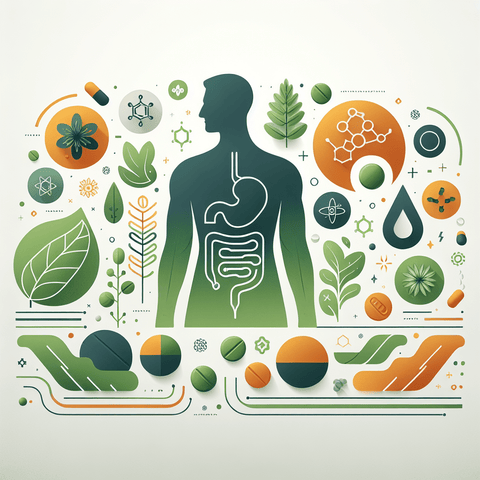Nutrient uptake efficiency is a measure of how effectively a plant extracts essential nutrients from its rooting environment to support growth and development. At the root level, innovation happens across several fronts: an expanded root surface area from fine root hairs and a dense epidermis, transporter proteins that move nutrients into root cells, and microbial partners that extend the reach of the root system. The process is guided by physical forces such as transpiration-driven mass flow and diffusion in the rhizosphere, as well as chemical cues from exudates that loosen nutrient locks. Together, these factors determine the baseline level of nutrient uptake efficiency a plant can achieve under given soil conditions. Plants enhance nutrient uptake efficiency through root strategies that maximize contact with soil nutrients. A deeper or more branched root system can access nutrients located outside the reach of shallow roots; a high density of root hairs increases surface contact; and interactions with beneficial microbes, including mycorrhizal networks, can transport nutrients to the plant beyond what roots could achieve alone. In addition, root exudates shape the rhizosphere chemistry, mobilize minerals, and recruit soil life that helps liberate nutrients from organic matter. Because nutrient availability is influenced by soil pH and texture, plants also adjust growth patterns to exploit the most accessible resources. Practically boosting nutrient uptake efficiency involves a combination of soil stewardship and thoughtful management. Start with soil tests to establish baseline nutrient status and correct imbalances that limit uptake. Adjust soil pH toward levels that enhance nutrient availability for the crop type. Add organic matter to improve soil structure, water retention, and microbial activity, and consider inoculating with compatible mycorrhizal fungi to extend the root network. Minimize soil compaction, manage irrigation to avoid salt buildup, and apply fertilizers in split doses or using slow-release forms to match plant demand. Mulching and cover crops can sustain a vibrant rhizosphere that supports steady nutrient uptake efficiency. To track progress, monitor indicators of nutrient uptake efficiency such as leaf tissue nutrient content, visible growth vigor, and soil or plant tissue test results over time. Fine-tuning management based on these signals helps sustain robust nutrient uptake efficiency across seasons. The goal is a balanced, resilient root system optimized for the local soil conditions, where roots and beneficial soil life cooperate to sustain steady nutrient flow and consistent growth.

